Question:1
What conduct can be expected from the vehicles in the following picture?
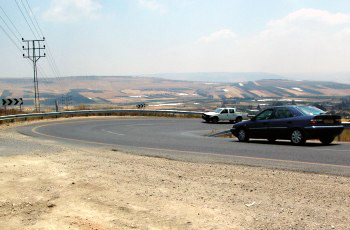
Category : Safety
Question:2
When a rear camera is installed in a vehicle:
Category : Safety
Question:3
What measure is it important to take before stepping on the brake pedal in order to slow down or to stop?
Category : Safety
Question:4
The reaction distance depends on:
Category : Safety
Question:5
What should a driver always do before making left a U-turn?
Category : Safety
Question:6
When approaching a vehicle that unloads children, you should:
Category : Safety
Question:7
When parking a vehicle, is it necessary to operate the parking brake (handbrake)?
Category : Safety
Question:8
“Drinking a large quantity of alcohol disrupts the driver’s peripheral vision and field of vision”: Correct or incorrect?
Category : Safety
Question:9
The ability to control the vehicle in order to prevent accidents:
Category : Safety
Question:10
Does drinking alcohol cause sleepiness?
Category : Safety
Question:11
What are the actions you are required to take, before intentionally pulling onto the “hard shoulder” of a non-urban road?
Category : Safety
Question:12
How would you respond to the indications in the following picture?
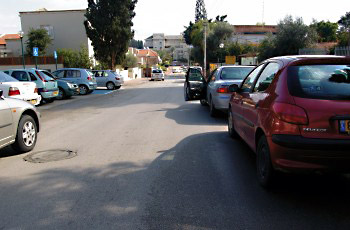
Category : Safety
Question:13
How is it possible to reduce the centrifugal force applied to the vehicle whilst driving?
Category : Safety
Question:14
Non adjusted headlights:
Category : Safety
Question:15
When you apply the brake pedal during an emergency braking:
Category : Safety
Question:16
How would you respond to the situation depicted in the following picture?
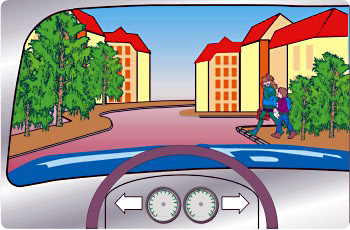
Category : Safety
Question:17
Driving behind the heavy vehicle in the given road conditions, obligate you to:

Category : Safety
Question:18
According to the picture, how should drivers before the traffic light behave?
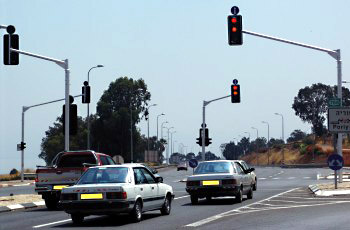
Category : Safety
Question:19
Does a-can of beer have a lesser effect on a driver compared to a whisky shot?
Category : Safety
Question:20
In order to avoid hitting a vehicle that makes a sudden stop in front of you:
Category : Safety
Question:21
What is the speed limit for private vehicles on the following road section?
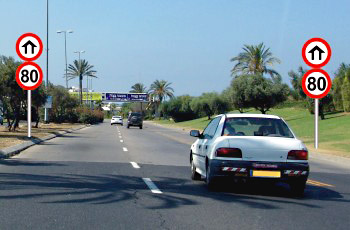
Category : Safety
Question:22
The silver vehicle (1) exits from parking while driving in reverse. What would be your reaction?
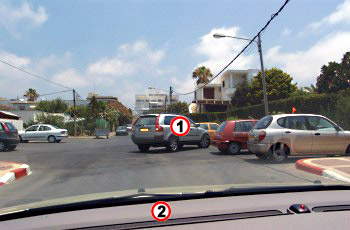
Category : Safety
Question:23
Driving down a long steep hill on a n Inter-urban road
Category : Safety
Question:24
Continuous braking on a winding descent can cause:
Category : Safety
Question:25
Where would you stand your vehicle after being required to pull onto the “hard shoulder”?
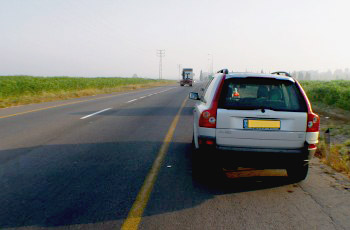
Category : Safety
Question:26
Is it obligatory to use an appropriate lower gear on every steep descent?
Category : Safety
Question:27
A driver approaches a pedestrian crossing marked on the road.Although ther are no pedestrians on the crossing. The driver should,
Category : Safety
Question:28
When is a vehicle affected by centrifugal force?
Category : Safety
Question:29
In an automatic gearbox, what is a driver required to do before shifting from the P gear to any other gear?
Category : Safety
Question:30
What might be the effect of sand scattered on the road?
Category : Safety

